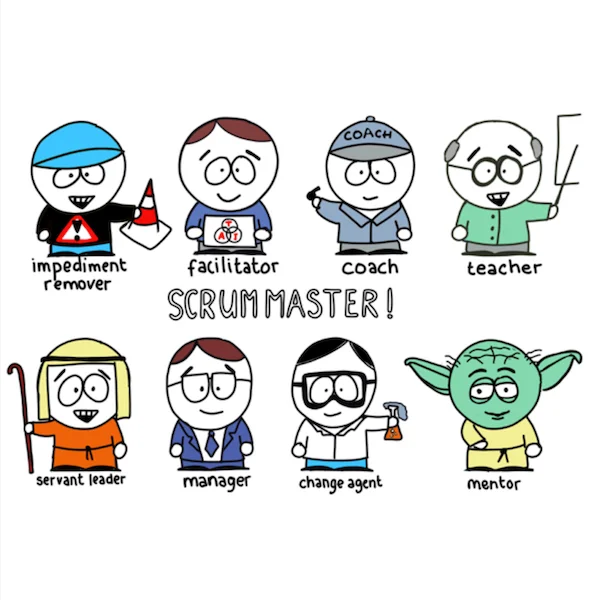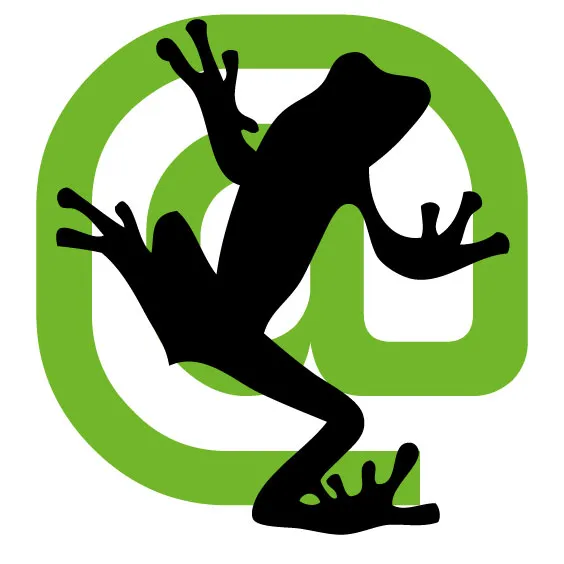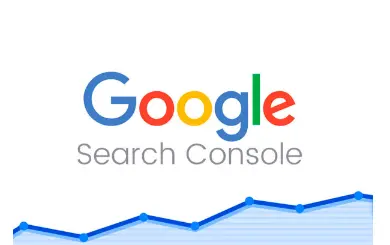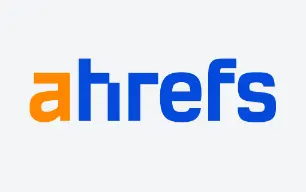The 20 Unwritten Rules of On-Page SEO
Over the years SEO has changed a lot, but some things remain constant, so I will share what I have learned from my “mistakes”. I present you with the Short and Sweet Version, in the future I might revisit this with a deep-dive, to explain this in more detail for the beginners out there.
Assumptions: You are using WordPress with an SEO plugin such as Yoast, or Rank Math. Don’t use AIOSEO. *I use Yoast’s free version for most of my clients’ sites.
The 20 Unwritten Rules of On-Page SEO
Experience Level: Beginner to Intermediate
The 20 Unwritten Rules of On-Page SEO:
1. Diversify Links: Always incorporate an outbound link(s) and an internal link(s) to enhance page authority with our Google overlord.
2. Alt Attributes: Ensure your focus keyphrase is in the alt attribute of your image, to improve SEO. If you have multiple images, you don’t need it in everyone. There is such a thing as too much.
3. Optimize Image Size: Keep image files under 100kb for faster loading times, crucial for search engine rankings. 106kb is fine, but 400kb is going to wreck your score. 2Mb Game over.
4. Utilize .webp Format: Convert images to .webp using Free Tools: Bulk Resize Photos – Resize Images for improved site performance.
5. Keyword Density Balance: Repeat keyphrases 2-3 times at a minimum, maintaining a balanced word count to keyphrase ratio for optimal SEO.
6. Avoid Keyword Stuffing: Steer clear of overusing keywords to evade penalties or bans from search engines like Google.
7. Concise Keyphrase Length: Limit Keyphrase to be about 60 characters, but not more. To ensure visibility without truncation in search results.
8. Always Include the Keyphrase in the Meta Description: Incorporate the keyphrase in the meta description for enhanced search relevance. (more on that later)
9. Minimum 300 Words per Page: Maintain a minimum of 300 words on a page to provide content for search engine indexing.
10. Optimal Page Titles: Keep page titles around 60 characters, but not more, for effective display and search visibility.

The 20 Unwritten Rules of On-Page SEO: 11-20
11. Header Length Guidelines: H1 and H2 headers should contain approximately 70 characters, but not more – for clarity and SEO ranking. If you use less, you are missing an opportunity to sell your content, but if you use more it will get truncated… so shoot for 70.
12. Meta Description Length: Ensure meta descriptions are 70 characters minimum, but ideally 155-160 for comprehensive information. Similar to Header lengths.’
13. <p> Paragraph Length Control: Keep paragraphs under 150 words to maintain reader engagement and ease of readability and bump your SEO.
14. Organize Content with Headings: Introduce a new heading every 300 words to help Google organize and index your content effectively.
15. Even Distribution of Keywords: Distribute keywords evenly throughout your page for consistent SEO impact.
16. Distinguish Title and H1: Avoid duplication by ensuring the title and H1 header are not identical, promoting clarity and SEO best practices.
17. Be Careful with AI-generated Content: If using AI tools like ChatGpt to create content, be vigilant about their inclination towards a passive voice. Actively shape your content to maintain an authoritative and engaging tone.
18. Enhance Flow with Transitions: Use transition words at least 20%, but 30% is perfect. Freshen up your transition word vocabulary here https://libguides.staffs.ac.uk/academic_writing/linking.
19. Diversify Sentence Beginnings: Prevent consecutive sentences from starting with the same phrase, optimizing content diversity and readability. Bing/Copilot has the really bad habit of doing this…
20. Don’t forget to register your business with Google. It will definitely boost your search visibility in your area: https://www.google.com/business/
Small Business SEO
SEO is the cornerstone of online visibility, dictating your content’s ranking in search engine results. Ranking high, preferably on the first page, significantly impacts your digital success. Understanding and adhering to on-page SEO rules significantly impact your website’s performance, ensuring it stands out. Achieving a high ranking establishes trust, gains an edge over competitors, and drives business growth.
For more information on how to use Yoast, click here.
Always be kind,
#thepragmatictechie
By Frank Joseph Rodgers




















